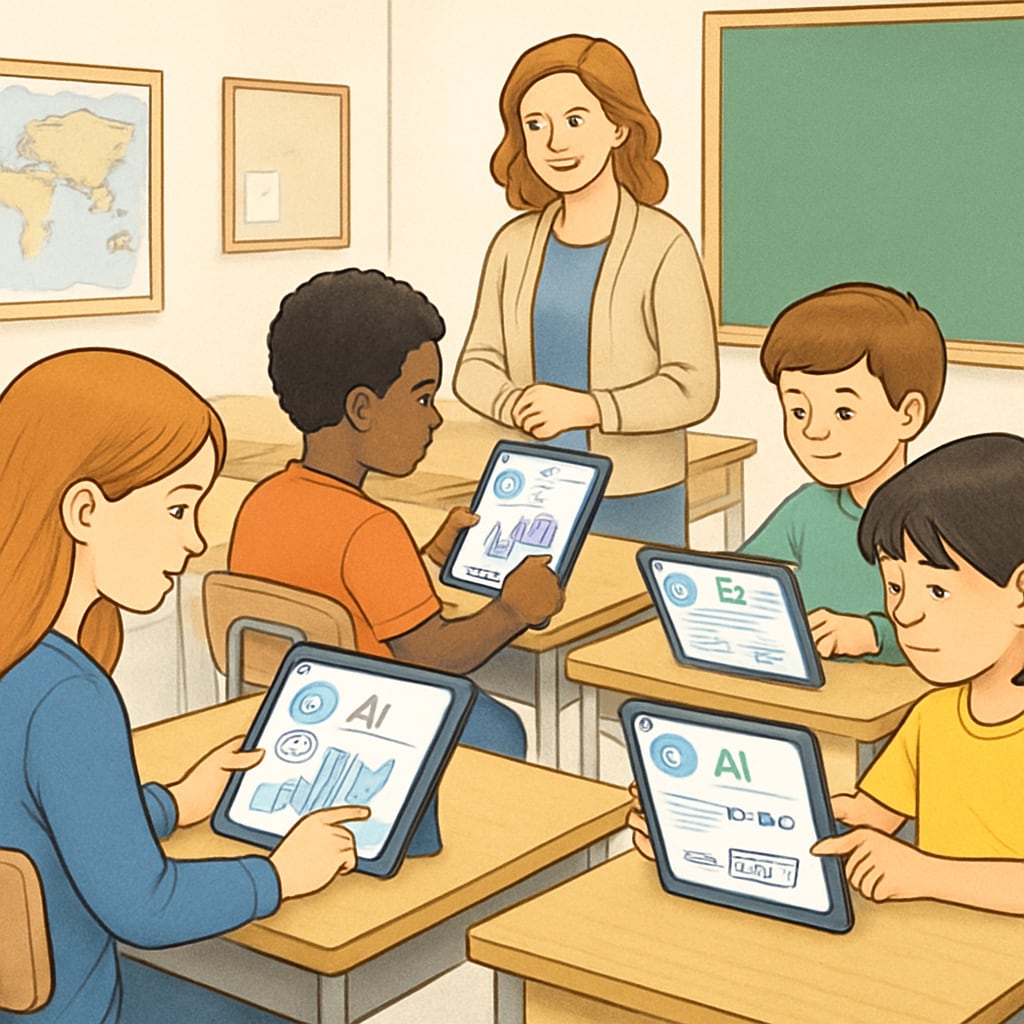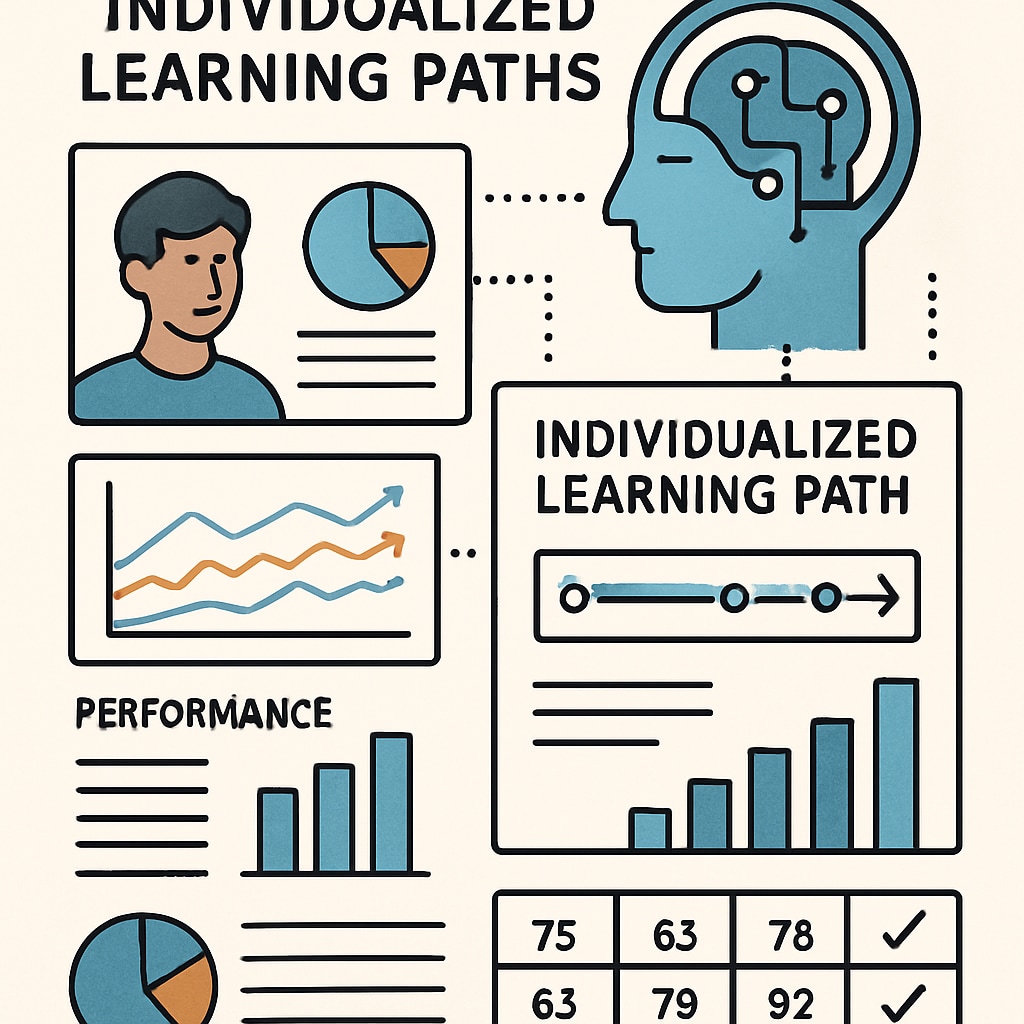Artificial intelligence (AI) is rapidly transforming the landscape of K12 education, making learning more personalized, efficient, and accessible. From adaptive learning platforms to AI-driven assessments, the integration of advanced technologies is reshaping how students and teachers interact with educational content. This article examines the current trajectory of AI in education, its impact on stakeholders, and the transformative trends expected by 2030.
The Rise of AI in Educational Systems
AI is no longer a futuristic concept in classrooms; it is actively enhancing education by offering tailored solutions to diverse learning needs. For example, adaptive learning systems like Khan Academy use algorithms to assess student performance and adjust content accordingly. These tools provide personalized learning paths, ensuring students master concepts at their own pace.
Moreover, AI-powered tools are revolutionizing administrative tasks for educators, streamlining grading processes, curriculum development, and even tracking student engagement. As a result, teachers can focus more on fostering creativity and critical thinking rather than spending excessive time on repetitive tasks.

How AI Enhances Personalized Learning
Personalized learning is one of the most significant contributions of AI to education. AI systems can analyze vast amounts of data to understand individual student behaviors, preferences, and weaknesses. Platforms like DreamBox Learning and Squirrel AI highlight how machine learning algorithms adapt instructional methods to fit each student’s unique needs.
For example:
- Students struggling with math concepts can receive step-by-step guidance tailored to their skill level.
- Advanced learners can accelerate their coursework and explore challenging topics.
- Educators can access data dashboards to identify patterns and intervene proactively.
By 2030, experts predict that AI-driven personalized learning will become standard in most K12 classrooms worldwide, enabling students to achieve their full potential regardless of geographical or socioeconomic barriers.

Challenges and Ethical Considerations
Despite its benefits, the integration of AI into education raises important ethical questions and challenges. Issues surrounding data privacy, algorithm bias, and equitable access to AI tools must be addressed to ensure transparency and fairness.
Key challenges include:
- Ensuring student data is securely stored and not misused.
- Developing unbiased AI algorithms that cater to diverse cultural and learning contexts.
- Providing equal access to AI-powered tools for schools in underprivileged areas.
Governments and educational institutions must collaborate to establish regulations and guidelines that prioritize student welfare while promoting innovation.
The Vision for Education in 2030
By 2030, AI is expected to become an indispensable part of K12 education, driving a paradigm shift in teaching methodologies and learning outcomes. Here are some key predictions:
- AI tutors will complement human teachers, offering 24/7 guidance to students.
- Virtual reality (VR) and augmented reality (AR) integrated with AI will create immersive learning environments.
- AI will enable global collaboration, connecting classrooms across continents for shared learning experiences.
As a result, future classrooms will not only enhance academic performance but also foster social and emotional learning, preparing students for an increasingly interconnected and AI-driven world.
Readability guidance: Short paragraphs and lists effectively summarize key points. Transitions like “for example,” “moreover,” and “as a result” ensure fluid readability. Active voice and concise sentences maintain clarity and engagement throughout.


